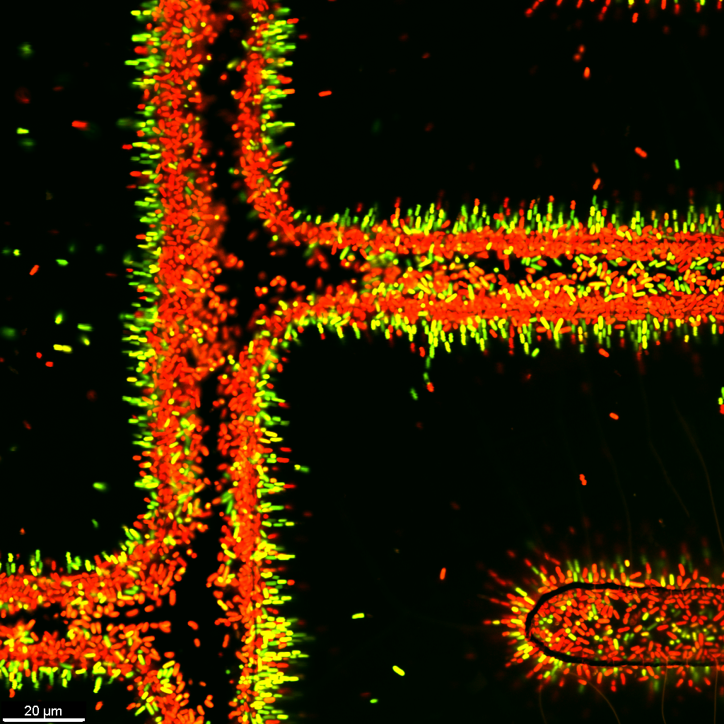Bioelectronics is a modern, innovative field of science that combines the study of biological processes with increasingly miniaturised electrical engineering. Although the two fields may not seem to have much in common - biology, as the study of life, is rather at odds with the inanimate world of electronic components such as chips and transistors - they are linked by a perhaps unexpected but certainly exciting feature. Information is processed in biological systems and circuits by electrical impulses. In the human brain, for example, some 100 billion cells are interconnected by biochemical and electrical connections. However, the type of electrical charge carriers used for communication is fundamentally different between the two systems: ions are used in organic cells, while electrons are used in semiconductors. Bioelectronics acts as a bridge between the two.

One promising area of application is healthcare and medical technology.
A key area of bioelectronics is biosensors: organic semiconductor elements that are loaded with biological molecules (e.g. enzymes, antibodies) or cells to determine, for example, the concentration of toxins, blood sugar levels, air and water pollution.
Another area of application is the storage and processing of DNA-based data using so-called DNA computers, which are designed for extremely high computing power and fast processing times.
Many cyborg applications are already well established in the healthcare sector: Pacemakers, artificial limbs, complex prostheses, artificial retinas or ear implants have become an integral part of our everyday lives. Even more modern and innovative approaches are concerned with the creation of brain-computer interfaces, which can be used, for example, to directly control intelligent prostheses or read the speech centre of paralysed people. Bioelectronics is thus making an important contribution to the treatment of injuries and diseases that were previously considered incurable.